7-Eleven Logo Design: History & Evolution

Image Source: https://pangrampangram.com/blogs/font-in-use/7-eleven | Image Courtesy: 7-Eleven
When it comes to iconic symbols in the world of retail, few are as instantly recognizable as the 7-Eleven logo design. This emblem has not only defined a brand but also become a symbol of convenience for people across the globe. But have you ever wondered about the story behind this particular logo?
If you're a graphic designer, chances are you have an eye for the intricate details that make up a logo's aesthetics, and you might be curious about the evolution and history of the 7-Eleven logo design. From its early inception to the modern rendition we see today, the transformation of the 7-Eleven logo is a fascinating journey that resonates with design enthusiasts.
In this article, we're going to delve into the compelling tale of the 7-Eleven logo design, tracing its roots and uncovering the creative minds behind it. Whether you're a seasoned professional or just a casual admirer of design, you're in for a treat. So grab a coffee, or perhaps something from your nearest 7-Eleven, and let's explore the evolution of a logo that has truly stood the test of time!
7-Eleven Logo Design History
1927 - 1945
The early days of the 7-Eleven logo design were all about simplicity. Founded in 1927, the Tote'm chain marked the beginning, with a logo that featured a simple, unassuming design with the store name. This emblem emphasized convenience, a core theme that still resonates with the brand. In 1946, the chain rebranded to 7-Eleven to reflect the extended hours of 7 a.m. to 11 p.m., seven days a week. The 7-Eleven logo design during this period was marked by clear, bold typography, without any flourishes or intricate elements. For graphic designers, this era showcases the essence of minimalism and the power of clear communication through design.

Image Courtesy: 7-Eleven
1945 - 1950
The immediate post-war period saw a shift in the 7-Eleven logo design. The straightforward text design evolved, and the numbers "7" and "11" started to take prominence. The transformation represented a transition towards a more modern and streamlined look, appealing to the changing tastes of the consumer market. The friendly vibe of the 7-Eleven logo design from 1945 to 1950 demonstrated how a slight change could make a substantial impact on brand perception. For graphic designers, this phase offers a lesson in subtlety and a masterclass in brand refinement.

Image Courtesy: 7-Eleven
1950 - 1956
Entering the 1950s, the 7-Eleven logo design underwent another transformation. The logo's color scheme changed, introducing a vibrant red and green combination that mirrored the upbeat, prosperous era of the time. The design maintained a simplistic style, but with a more pronounced emphasis on the numerals, creating a unique and distinctive appearance. This period of the 7-Eleven logo design offers an inspiring example of how color and typography can work together to craft an image that stands out in the consumer's mind. It's a fascinating study in visual harmony and a testament to the power of color psychology in design.

Image Courtesy: 7-Eleven
1956 - 1958
Between 1956 and 1958, the 7-Eleven logo design saw further evolution. Maintaining the vibrant red and green theme, the logo's typography underwent a slight refinement, bringing a softer and more accessible appearance. The numbers "7" and "11" were subtly restyled, enhancing readability and visual appeal. This era of the 7-Eleven logo design may not have witnessed a revolutionary change, but it exhibited how minor tweaks can create fresh visual interest. For those of us in the graphic design field, it's a reminder that sometimes less is more, and small changes can be incredibly effective.

Image Courtesy: 7-Eleven
1958 - 1960
Moving into the latter part of the decade, the 7-Eleven logo design from 1958 to 1960 remained consistent with the established visual language. But the era wasn't without its experimentation. Some adaptations in different markets played with color variations and spatial relationships between the numbers. These explorations contributed to a broader understanding of the brand's visual identity. It's a perfect lesson for graphic designers on the importance of flexibility within a brand, and how a strong core design can accommodate subtle variations.

Image Courtesy: 7-Eleven
1960 - 1963
The early '60s marked a new chapter in the 7-Eleven logo design. While maintaining its essential elements, the logo's color palette began to settle into what would become its most recognizable form. The red and green tones became more vibrant, and the typography was slightly adjusted for even more clarity. This period of the 7-Eleven logo design continued to blend tradition with innovation, creating a balanced and appealing visual identity that would endure. For today's graphic designers, this era shows that even well-established brands can benefit from continual reevaluation and refinement, all while keeping true to their core identity.

Image Courtesy: 7-Eleven
1963 - 1968
The period between 1963 and 1968 was instrumental in refining the 7-Eleven logo design. The vibrant red and green color scheme became more prominent, creating a striking visual contrast. The typeface was also modified, adding more rounded features that enhanced its friendly appeal. This era of the 7-Eleven logo design represents a critical time where brand recognition was solidifying, and the emblem was becoming synonymous with convenience. For graphic designers, this phase exemplifies how consistent branding and well-thought-out design elements can work in harmony to establish a strong brand identity.

Image Courtesy: 7-Eleven
1968 - 2004
The years between 1968 and 2004 saw the 7-Eleven logo design become a symbol known worldwide. During this extended period, the logo maintained its visual integrity with minimal changes, underlining the brand's commitment to reliability and consistency. The design's endurance through these years is a testament to the power of timeless visual elements. The 7-Eleven logo design during these decades offers graphic designers valuable insights into the art of creating enduring designs that remain relevant, appealing, and effective over a long period.

Image Courtesy: 7-Eleven
1975 - 1986
Within the broader span of 1968 to 2004, the years 1975 to 1986 are notable for the company's international expansion. The 7-Eleven logo design remained largely unchanged, proving that a well-designed logo could transcend cultural barriers and geographical boundaries. The simplicity and universal appeal of the numbers, along with the playful yet professional color scheme, made it adaptable and recognizable across different markets. For graphic designers aiming to create internationally appealing visuals, this era of the 7-Eleven logo design offers an inspiring example of the role of design in global branding.

Image Courtesy: 7-Eleven
1986 - 1989
The brief period from 1986 to 1989 witnessed some subtle yet impactful refinements in the 7-Eleven logo design. The logo maintained its essential elements, but the color shades and typographic details were finely tuned. This era of the 7-Eleven logo design offers an insightful lesson in how minimal adjustments can breathe fresh life into an already iconic logo. For graphic designers, it emphasizes the value of continual reevaluation, staying relevant without losing the core identity that customers have come to know and trust.

Image Courtesy: 7-Eleven
1989 - 2021
Spanning over three decades, the period from 1989 to 2021 saw the 7-Eleven logo design become a global symbol of convenience. With minor updates to keep it fresh, the logo retained its recognizable appearance. This period offers a rich study in consistency, demonstrating how a strong design can resonate across generations and cultures. The 7-Eleven logo design during these years stands as a testament to how visual simplicity, coupled with strong branding, can create a universally appealing and enduring image.

Image Courtesy: 7-Eleven
2021 - Present
Entering a new era, the 7-Eleven logo design as of 2021 continues to uphold the classic elements that have made it iconic. As the brand explores new markets and adapts to modern consumer trends, the logo remains a visual anchor. Current variations are explored in some regions, reflecting both traditional values and contemporary influences. For graphic designers, the latest chapter in the 7-Eleven logo design story offers a vibrant example of balancing innovation with tradition, illustrating how design can evolve while staying true to its roots. It's a rich lesson in adaptive design, one that will surely continue to inspire designers for years to come.

Image Courtesy: 7-Eleven
Analysis: 7-Eleven Logo Design Evolution
The 7-Eleven logo design evolution is more than just a historical progression of a well-known brand. It's a vivid illustration of how visual identity can grow, adapt, and resonate with people all around the globe. Let's dive into the different aspects that make this evolution so fascinating.
Simplicity and Consistency
Throughout the decades, the 7-Eleven logo design has maintained a simple and recognizable visual language. From its early inception with basic typography to the later refined versions, the logo's simplicity has been its strength. It's never overcomplicated or cluttered, which has helped it remain timeless and globally recognizable.
Color and Typography
The distinct red and green color scheme and clear numerals are the hallmark of the 7-Eleven logo design. These elements have evolved subtly over time but have always maintained a friendly and approachable vibe. The logo's color psychology and typographic choices reflect the brand's commitment to convenience and accessibility.
Adaptation and Global Appeal
As the brand expanded into different markets, the 7-Eleven logo design showed remarkable adaptability. Despite cultural and geographical differences, the logo's universal appeal facilitated the brand's international success. It's a shining example of how a design can transcend borders without losing its essence.
Modernization without Losing Identity
While the logo has seen subtle updates, the core visual identity has remained consistent. This delicate balance between modernization and tradition is a critical lesson for designers. The 7-Eleven logo design evolution shows that you can infuse fresh energy into a design without alienating loyal customers.
A Reflection of Changing Times
Throughout its history, the 7-Eleven logo design has mirrored societal and cultural shifts. Whether it's the vibrant optimism of the '50s or the digital adaptation in the 21st century, the logo has evolved without straying from its core values.
The 7-Eleven logo design evolution is an enriching case study for graphic designers. It's filled with valuable insights on simplicity, consistency, adaptability, and timeless appeal. Whether you're a seasoned professional or a budding designer, there's something to learn from this compelling story of a logo that has truly stood the test of time. It emphasizes the art of crafting a design that not only represents a brand but becomes a part of our daily lives and cultural fabric.

Image Source: https://www.7-eleven.com | Image Courtesy: 7-Eleven
The Philosophy & Meaning Behind 7-Eleven Logo Design
The 7-Eleven logo design is more than just a combination of colors and numbers; it's a symbol that encapsulates a brand's philosophy and offers meaning to its identity. As graphic designers, we appreciate the subtleties that lie beneath the surface of a seemingly simple design, so let's unpack the philosophy and meaning behind the 7-Eleven logo design.
Color Philosophy
The red and green color scheme in the 7-Eleven logo design isn't just aesthetically pleasing; it's strategically chosen. The red color symbolizes energy, passion, and attention, reflective of the brand's always-open, lively service. Green, on the other hand, resonates with freshness, growth, and accessibility, mirroring the brand's commitment to providing fresh products conveniently.
Typography and Its Universal Appeal
The use of numerals in the 7-Eleven logo design speaks to its universal approach. Numbers are globally understood, crossing language barriers, making the logo instantly recognizable, no matter where you are in the world. It's a clever way of creating a connection with diverse audiences.
Symbolism of the Name
The "7-Eleven" name itself is rooted in history, representing the original 7 a.m. to 11 p.m. opening hours, which was quite extended for that era. Though the stores are now known for being open 24/7, the name and logo still symbolize convenience and accessibility at any time.
Adaptation Without Losing Essence
Over the years, the 7-Eleven logo design has been tweaked and adapted to stay relevant, but it has always held on to its core elements. This balance reflects a philosophy of innovation without losing sight of foundational values. It's an important lesson for any brand aiming for longevity.
A Logo that Resonates with the Community
7-Eleven's logo design has been constructed in such a way that it resonates with the local communities it serves. Its bright, welcoming appearance fits perfectly with the brand's desire to be a convenient and friendly neighborhood stop.
The 7-Eleven logo design offers more than mere aesthetics. It's a thoughtful, strategic embodiment of the brand's core principles and aspirations. For graphic designers, this logo stands as a remarkable case study that exemplifies how design, when done right, can communicate a rich tapestry of ideas, values, and connections. It shows that a logo can be both a visual symbol and a profound statement of a brand's mission and personality.

Image Source: https://www.7-eleven.com | Image Courtesy: 7-Eleven
What Can We Learn from 7-Eleven Logo Design
Every logo has a story, a lesson, an essence that captures a brand's spirit. As designers, dissecting these symbols offers invaluable insights into design choices and brand strategies. The 7-Eleven logo design is no exception, with its rich history and global recognition. As we delve into this iconic emblem, here are five essential lessons we can draw from its design evolution.
Simplicity is Timeless
One of the most striking attributes of the 7-Eleven logo design is its simplicity. Despite the myriad of design trends that have come and gone over the decades, the brand has remained steadfast in maintaining a simple, yet effective design. The use of straightforward typography and a distinct color palette ensures that the logo remains recognizable and memorable. For designers, it underscores the importance of prioritizing simplicity over complexity, ensuring a design's longevity.
Color Choices Matter
The 7-Eleven logo design prominently features a mix of red and green. These colors not only stand out but also convey specific emotions and meanings. Red implies energy and urgency, resonating with the brand's around-the-clock service. Green, conversely, suggests freshness, mirroring the brand's commitment to offering fresh products. This highlights the significance of color psychology in design, emphasizing that our color choices should resonate with a brand's values and objectives.
Adaptability is Key
Over its existence, the 7-Eleven logo design has seen refinements, but it's always stayed true to its roots. This adaptability, a balance between embracing modernity and respecting heritage, is a testament to the brand's ability to evolve with the times while maintaining its core identity. For us designers, this reiterates the importance of creating designs that can stand the test of time, yet remain flexible enough to adapt when necessary.
Global Appeal
The 7-Eleven logo design is globally recognized, with outlets spread across various countries and cultures. The universality of its design, particularly the use of numerals, proves that certain elements can transcend language and geographical boundaries. This global appeal reminds designers of the power of universal design elements that can communicate a brand's message across diverse audiences.
Consistency Builds Trust
While tweaks and refinements have been part of the 7-Eleven logo design's journey, consistency has been its hallmark. This unwavering consistency has fostered trust and familiarity among customers, proving that a brand's visual identity is vital in cultivating customer loyalty. It's a lesson for designers that, while evolution is necessary, maintaining a consistent core is equally crucial.
The 7-Eleven logo design is more than just a visual emblem; it's a masterclass in design strategy. Whether you're a budding designer or a seasoned professional, there's a wealth of knowledge to be gleaned from this iconic symbol, guiding us in creating designs that are not just visually appealing, but also strategically sound.
Conclusion
The journey through the 7-Eleven logo design evolution is an inspiring tale for graphic designers and branding enthusiasts alike. From its simple yet thoughtful color scheme to its universal appeal, the logo embodies a harmonious blend of aesthetics, philosophy, and business acumen. It's a testament to how design can translate a brand's mission into a visual language that resonates across generations. The 7-Eleven logo design stands as an enduring example, teaching us that timeless design isn't just about appearance, but about crafting a symbol that speaks to the heart of what a brand represents. It's a lesson in design that continues to inspire.
Let Us Know What You Think!
These fantastic logo design articles are written and curated by Kreafolk's team. We hope you enjoy our information and remember to leave us a comment below. Cheers!

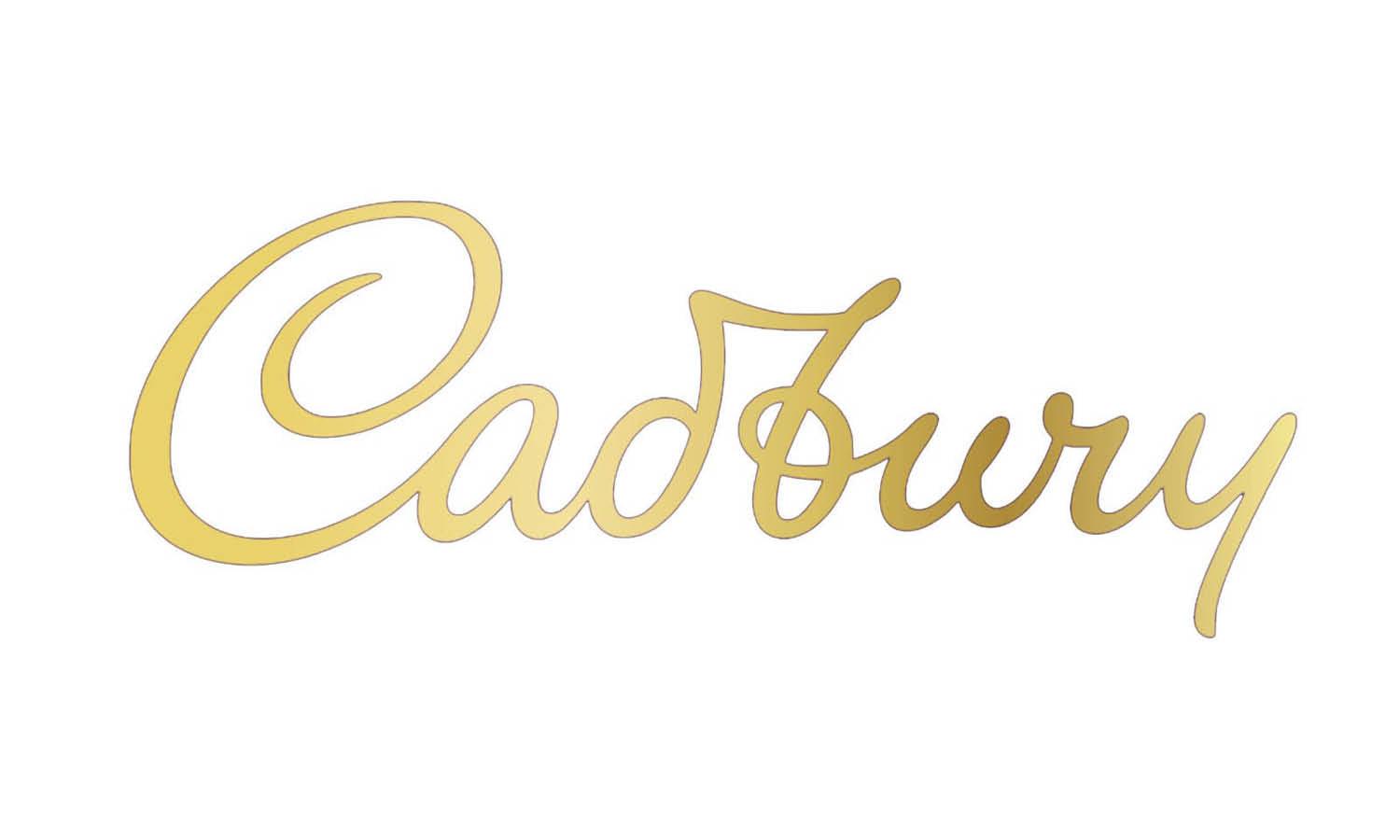
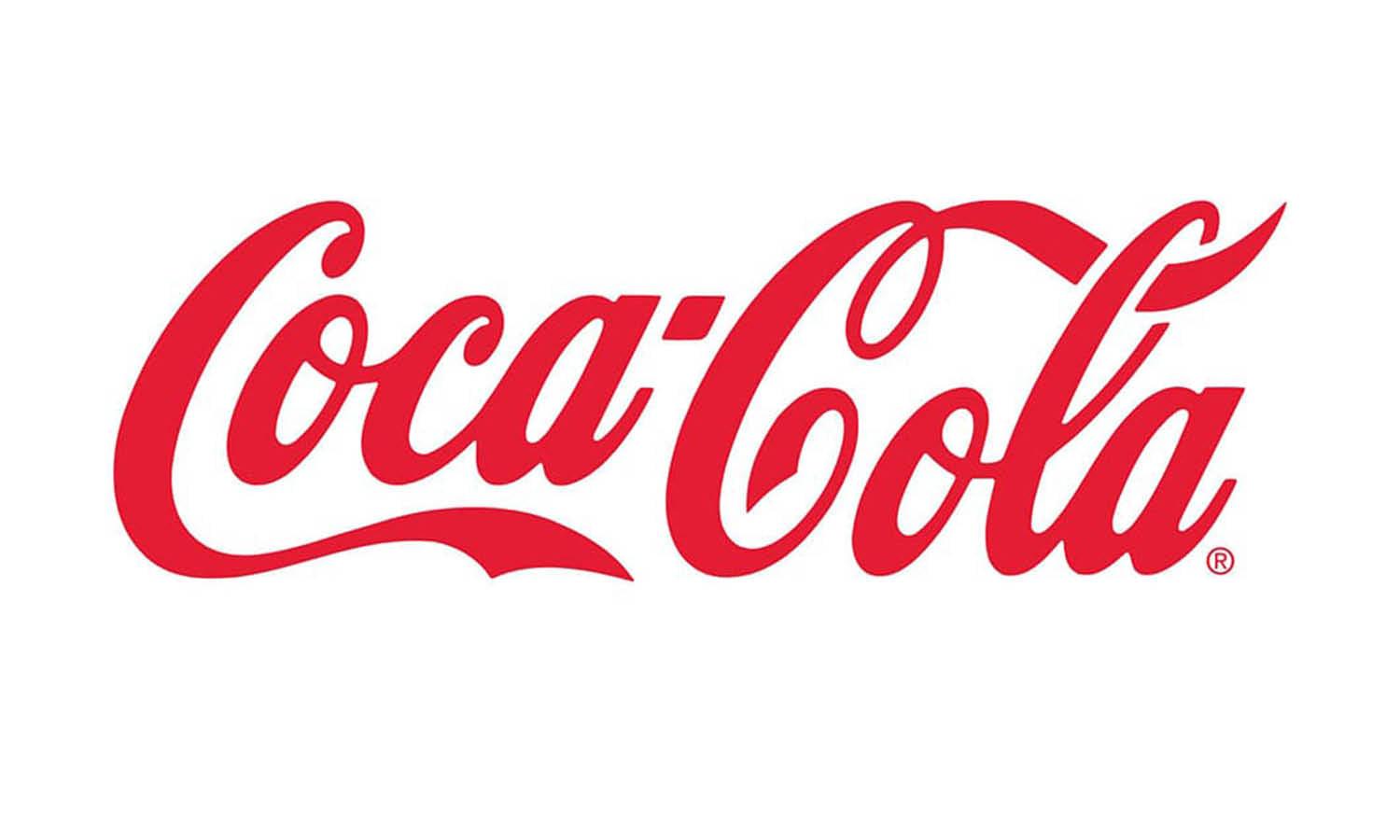
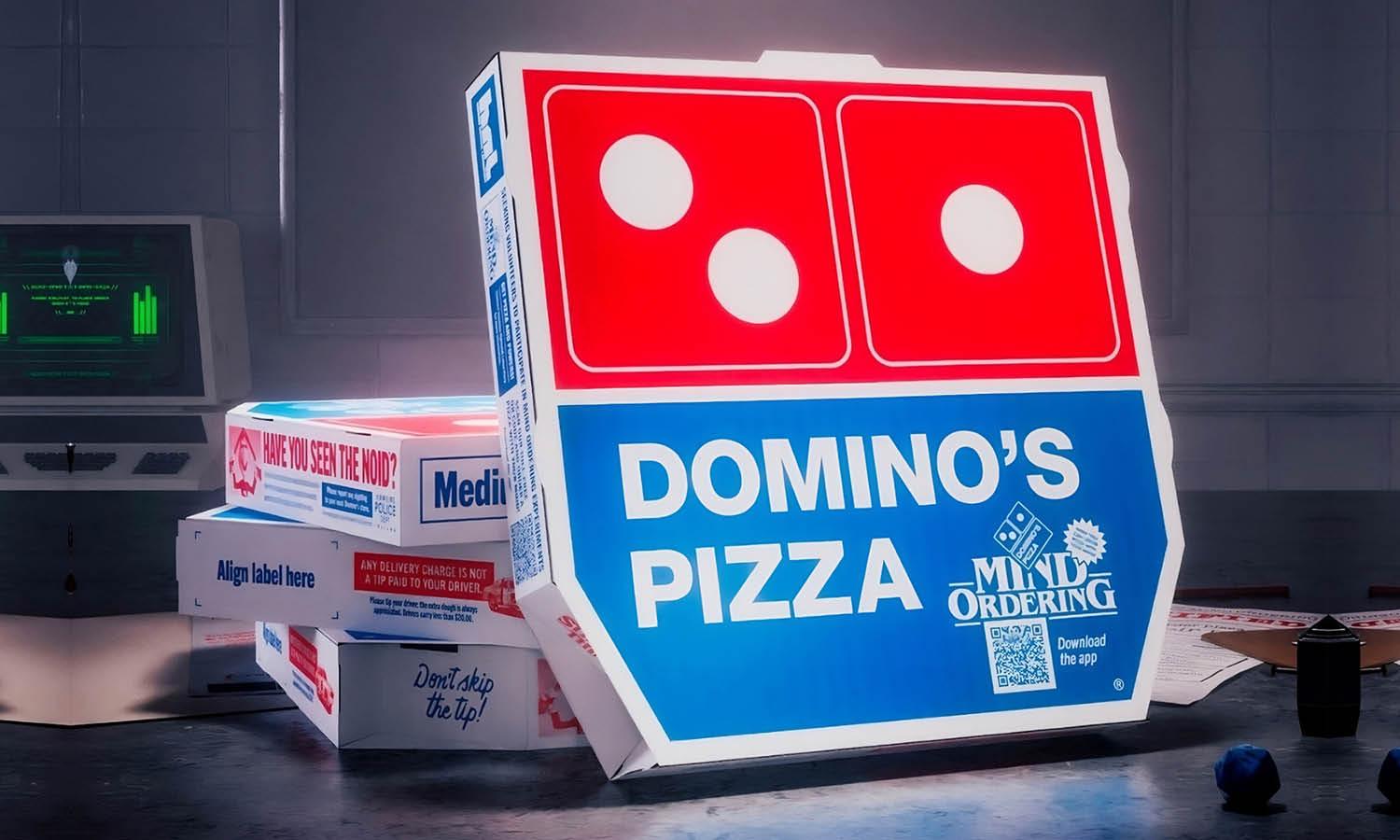
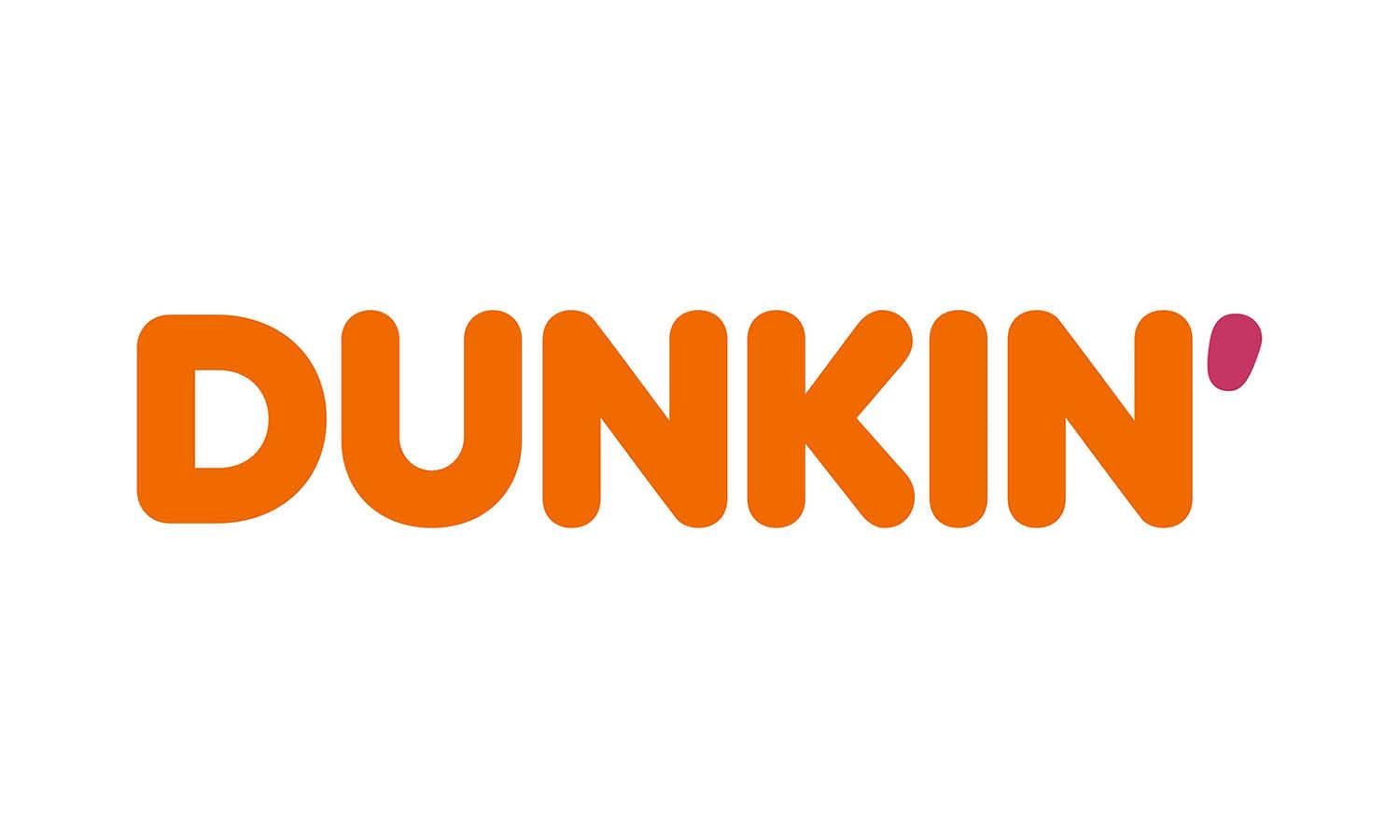


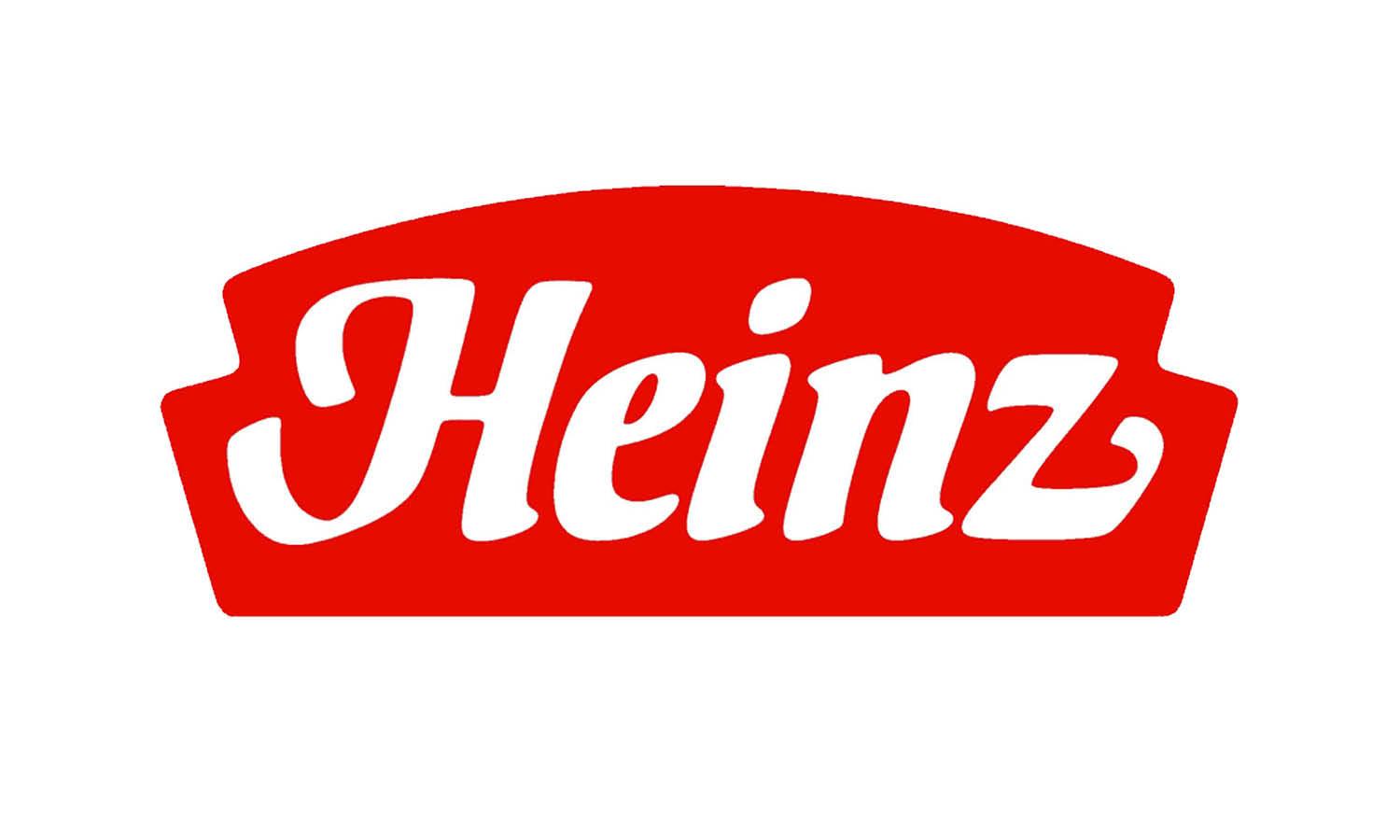








Leave a Comment